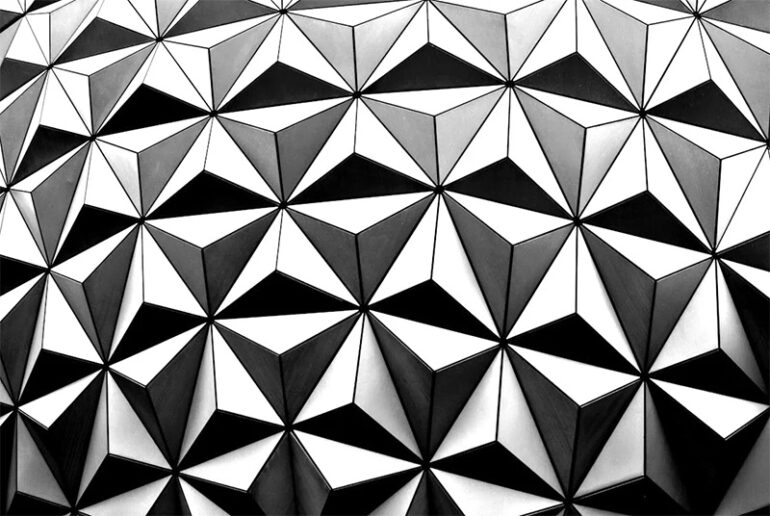Having its roots with the Greeks and Romans, mosaic art has seen great development throughout time. Mosaic art is timeless, whether one is painstakingly assembling tiny, colorful pieces or combining age-old methods with contemporary design. Future mosaic art offers a remade environment that combines history with state-of-the-art creation as modern designers investigate new materials and methods. This blend of tradition and innovation not only preserves the rich heritage of mosaic art but also propels it into new realms of expression and functionality.
As artists explore the integration of digital fabrication techniques like 3D printing with traditional hand-laid tile work, mosaic art is becoming increasingly dynamic and interactive. This evolution encourages a fresh perspective on how mosaics can be used to enhance architectural spaces and personal environments, making it an exciting and evolving field within the broader scope of contemporary art.
The History of Mosaic Art
Vast in antiquity, mosaic art may be seen on the floors and walls of the ancient Greek and Roman societies. These early craftspeople painstakingly arranged tiny colored bits to produce breathtaking visual stories. Over continents, mosaic methods proliferated and influenced several different cultures. Realizing the beauty and adaptability of mosaic art, designers today combine traditional workmanship with contemporary aesthetics to produce visually arresting and avant-garde pieces.
Techniques and Materials Used in Mosaic Art
Mosaic artists combine several materials and methods to give their works life. Mosaic art offers various options, from more conventional techniques employing glass, stone, and ceramic tiles to more modern techniques using recycled materials and cutting-edge technology. Craftsmen carefully cut and arrange each piece, carefully weighing color, texture, and arrangement to get the intended visual effect. Using contemporary materials highlights the timeless appeal and traditional expertise of mosaic work in the current design landscape.
Mosaic Art in Contemporary Design
Mosaic art has come back into style thanks to modern designers and artists who are pushing the envelope of conventional methods to produce visually striking and original works. Modern design combined with traditional labor produces mosaic artworks that dynamically interact with color, texture, and shape. Mosaic art’s classic beauty and adaptability enthrall viewers in everything from intricate interior design pieces to grand public exhibitions.
The Future of Mosaic Art
When one looks ahead to mosaic art, there appear to be plenty of opportunities for inventiveness and originality. Artists have new directions to investigate with the ways that modern technology and ecological techniques are changing mosaic design. Digital tools, three-dimensional printing, and environmentally friendly materials are completely changing the concept and process of mosaic art production. This development is supposed to signal a new era of artistic expression in which innovation and tradition collaborate to reimagine the art form for next generations.
And last, mosaic art’s history shows its variety and ongoing appeal. Mosaic art has enthralled observers with its classic beauty and adaptability since the time of the ancient civilizations and again in modern construction. Future mosaic art has countless inventive and ground-breaking opportunities if we apply new technologies and environmentally friendly techniques. Fusion of history and innovation should reimagine this art form for the next generations.
Photo Attribution:
1st & featured image by https://www.pexels.com/photo/black-and-white-diamond-shape-wallpaper-1070345/
2nd image by https://www.pexels.com/photo/empty-frame-on-the-background-of-mosaic-tiles-7967319/

